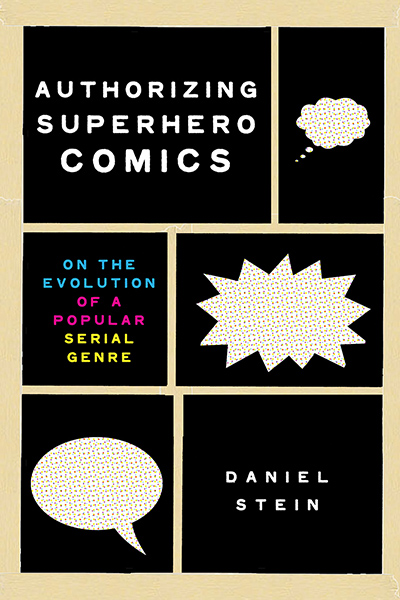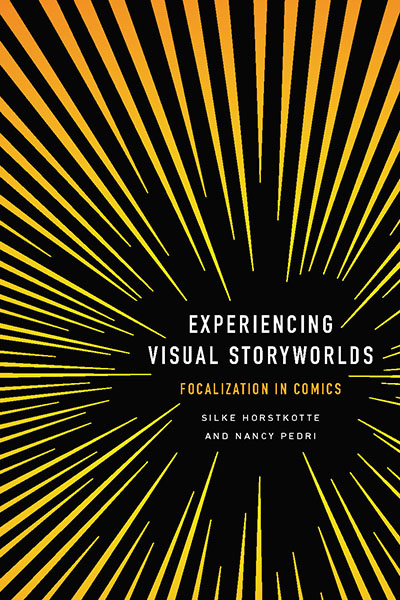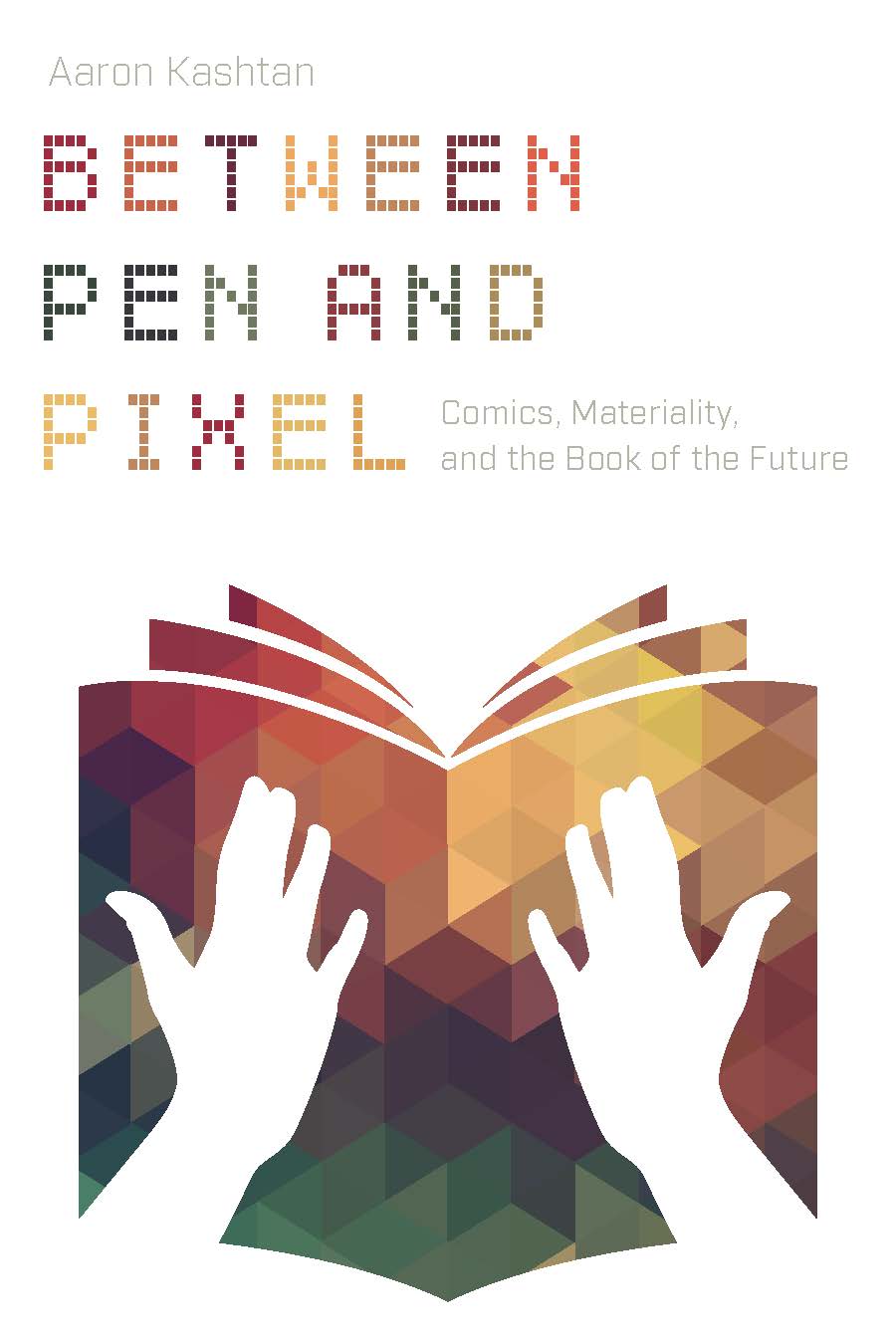“This groundbreaking work links literal whiteness on the page to metaphoric whiteness, advancing our understanding of how formal comics elements can shift, stall, reinscribe, or subvert racial assumptions and expectations.” —Sika A. Dagbovie-Mullins, coeditor of Mixed-Race Superheroes
“Gavaler argues for the necessity of understanding form when considering visual racial representation in comics. His exploration of white pages, gutter pages, negative spaces, black marks, and more broadens The Color of Paper beyond comics studies and pop culture studies into conversations around art history.” —Jasmine Mitchell, author of Imagining the Mulatta: Blackness in U.S. and Brazilian Media
How does a comics reader understand that a certain race is assigned to a character? In The Color of Paper, Chris Gavaler establishes a formal approach for analyzing racial representations in comics, demonstrating that the ink-on-paper materiality of comics reveals the illogic of metaphorical colors as racial categorizations. Analyzing images by a wide range of comics artists and colorists, including Emilee Denich, Jaime Hernandez, George Herriman, Jack Kirby, and Ben Passmore, Gavaler goes beyond pigment and gradient to explore the formal and material elements of page backgrounds and the negative space of gutters that literally frame race in comics. He surveys major and independent publishers to assess how industry trends and evolving coloring techniques affect racial representation. And, breaking from subjective and overgeneralized analytical norms, Gavaler grounds his analysis in quantitative research on viewers’ responses. The centuries-old relationships between drawn racial markers and assumptions about their meanings continue in a white-dominated culture that benefits from and therefore preserves illusions of their natural accuracy. Denaturalizing racial depictions through formal visual analysis potentially alters racial thinking in ways that extend beyond works on paper and into daily lives.
Chris Gavaler is Professor of English at Washington and Lee University, comics editor of Shenandoah magazine, and series editor of Bloomsbury Comics Studies. He is the author of The Comics Form, Superhero Comics, and On the Origin of Superheroes. His coauthored books include Revising Reality and Superhero Thought Experiments, with Nathaniel Goldberg, and Creating Comics, with Leigh Ann Beavers.
Contents
List of Illustrations
Introduction Judging Race
Part 1 Backgrounds
Chapter 1 Marking Surfaces
Chapter 2 Framing Whiteness
Chapter 3 Seeing Skin
Part 2 Languages
Chapter 4 Reading and Observing
Chapter 5 Reading and Observing Race
Part 3 Colors
Chapter 6 Coloring Theory
Chapter 7 Removing Color
Chapter 8 Adding Color
Part 4 Bodies
Chapter 9 Embodying Images
Chapter 10 Othering Spaces
Conclusion Representing Race
Acknowledgments
Appendix Answering Questions about Drawings of People
Works Cited
Index




